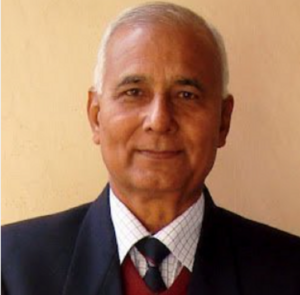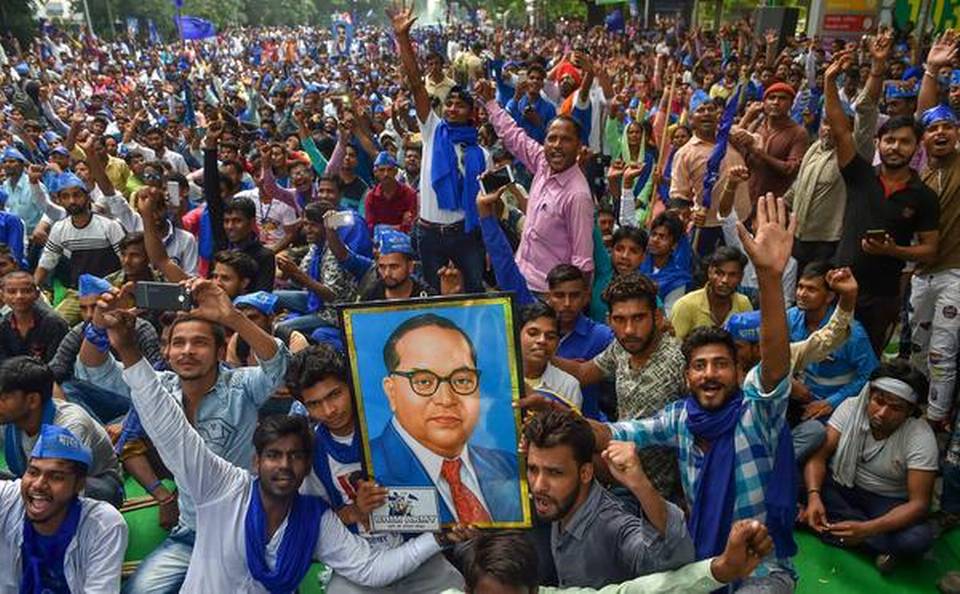
(Asian independent) The impact of neoliberal economic policies on Dalits in India is a complex and multifaceted issue, reflecting both opportunities and challenges. Neoliberalism, introduced in India prominently through the 1991 economic reforms (Liberalization, Privatization, and Globalization, or LPG), shifted the economy toward market-orientation, reduced state intervention, and opened up to global trade and investment. For Dalits—historically marginalized due to the caste system—these policies have had both positive and negative consequences, shaped by their socio-economic position and the persistence of caste-based discrimination.
Positive Impacts
- 1.Economic Opportunities and Mobility
– Neoliberal policies have spurred growth in sectors like IT, services, and manufacturing, creating new job opportunities. For some Dalits, particularly those with access to education, this has enabled upward mobility. The rise of Dalit entrepreneurs, supported by organizations like the Dalit Indian Chamber of Commerce and Industry (DICCI), reflects this shift. For instance, figures like Milind Kamble have highlighted a move from “job-seekers” to “job-givers,” signalling newfound economic agency.
– Urbanization and industrialization have weakened traditional caste-based occupations (e.g., manual scavenging or bonded labour), allowing some Dalits to enter modern workforce sectors less bound by caste norms.
- **Education and Skill Development**
– Increased private sector investment and globalization have expanded access to education and vocational training, albeit unevenly. Government programs, combined with market-driven demand for skilled labour, have enabled some Dalits to acquire qualifications and compete in a liberalized economy.
– Reservation policies in education and jobs, though pre-dating neoliberalism, have gained additional relevance as private institutions proliferate, offering more avenues for Dalit inclusion.
- Market as a Secular Space
– The market economy, in theory, operates on merit and profit rather than caste hierarchy. This has provided Dalits with opportunities to participate in a system where caste identity is less overtly a barrier compared to traditional agrarian setups dominated by upper castes.
Negative Impacts
- Widening Inequality
– Neoliberal policies have disproportionately benefited the upper castes and classes, exacerbating income and wealth disparities. Studies, such as those from the World Inequality Database, show that post-1991 reforms, the top 1% of India’s population saw their wealth share rise sharply, while the bottom 50%—where Dalits are overrepresented—saw stagnation or decline. Dalits, often starting with little capital or land, have been less able to capitalize on market opportunities.
– The informal sector, where most Dalits work (e.g., as labourers or small vendors), has faced increased precarity due to reduced labour protections and competition from multinational corporations.
- Erosion of Welfare and Public Services
– The retreat of the state under neoliberalism has weakened the welfare mechanisms that Dalits historically relied upon, such as the Public Distribution System (PDS) and subsidized healthcare. Privatization has made essential services less accessible to those without economic means, disproportionately affecting Dalits who remain among India’s poorest.
– For example, cuts in public sector jobs—once a key avenue for Dalit employment through reservations—have limited secure livelihood options.
- Land and Agricultural Challenges
– Dalits, who own just 2.2% of India’s land compared to a national average of 17.9%, have been further marginalized by neoliberal agricultural policies. The shift toward cash crops, corporate farming, and land acquisition for industrial projects has displaced many Dalit farmers and labourers, reducing their economic security.
– The 2020 farm laws, seen as an extension of neoliberal reforms, sparked concerns among Dalit labour unions about the phasing out of PDS and loss of livelihoods for workers like *palledaars* (sack lifters), as stockholding limits on essentials were relaxed.
- Persistent Discrimination
– Despite the market’s secular promise, caste-based discrimination persists in hiring, wages, and access to resources. Dalits face bullying and exclusion in workplaces, even in modern sectors, limiting the benefits of economic liberalization. Studies highlight that neoliberalism has not dismantled social hierarchies but rather layered economic inequality atop them.
- Vulnerability to Economic Shocks
– The liberalization of India’s economy has increased its exposure to global market fluctuations, as seen during the 2008 financial crisis and the COVID-19 pandemic. Dalits, concentrated in low-wage, unstable jobs, bore the brunt of these shocks. The pandemic, for instance, led to massive job losses in the informal sector, pushing many Dalit families into deeper poverty and hunger.
Broader Socio-Political Context
– Political Empowerment vs. Economic Precarity: While Dalits have gained political representation through parties like the Bahujan Samaj Party (BSP) and reservation policies, neoliberalism has often undermined these gains by prioritizing corporate interests over social justice. The decline of the welfare state has left Dalit political power less effective in securing economic equity.
– Resistance and Adaptation: Dalit movements have responded to neoliberal challenges by advocating for land rights, labour protections, and equitable development. The rise of Dalit entrepreneurship is a form of adaptation, though it remains limited to a small, educated elite.
Conclusion
The neoliberal economic policy has offered Dalits in India a mixed bag: it has opened doors to economic participation and mobility for some, particularly in urban and educated segments, but it has also deepened inequality, eroded welfare support, and left the majority vulnerable to market forces and persistent caste discrimination. The promise of a rising tide lifting all boats has not fully materialized for Dalits, as structural barriers—landlessness, lack of capital, and social exclusion—continue to limit their ability to benefit equally. Addressing these disparities requires targeted state intervention, stronger labour protections, and policies that prioritize inclusive growth alongside market liberalization.
Courtesy: Grok3








